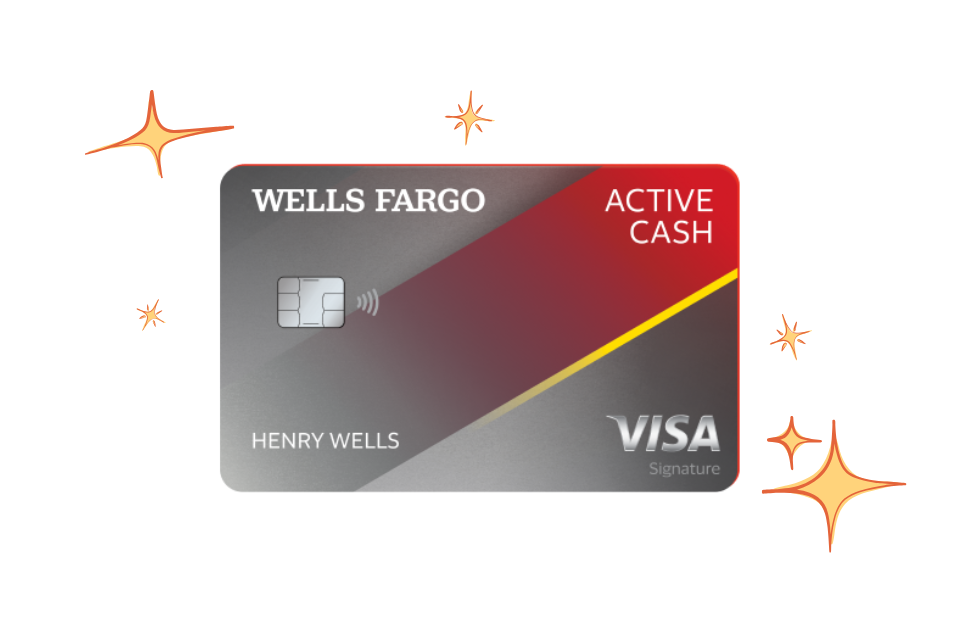Ever feel like your credit score is this mysterious, all-powerful number that just… exists? You hear it matters for getting loans, renting an apartment, sometimes even landing a job, but how is it actually calculated? What makes it go up, and what sends it tumbling down? If you’re in the United States, your credit score, most likely a FICO score (it’s the one lenders use most often), is based on specific ingredients pulled from your credit report. Understanding what those ingredients are and how much each one “weighs” in the recipe is absolutely key to not just watching your score, but actively improving it. Let’s pull back the curtain and see what truly matters when your FICO score is being calculated.
Ignoring the factors that build your score is like trying to bake a cake without knowing the role of flour or sugar – you might get something, but it probably won’t be what you wanted. By focusing on the right ingredients, you gain control over your financial future.
The Five Big Pieces of the FICO Pie
FICO (Fair Isaac Corporation) is the most widely used credit scoring model. While the exact formula is complex and proprietary, they are transparent about the main categories of information from your credit report that feed into your score, and roughly how important each one is. Think of them as percentages of a pie chart adding up to 100%:
- Payment History (Around 35%): This is the biggest slice by far. It’s all about whether you pay your bills on time. Lenders want to see a track record of responsible repayment.
- What helps: Paying all your credit accounts (credit cards, loans, mortgages) on time, every single month.
- What hurts: Late payments (30, 60, 90+ days past due), missed payments, defaults, accounts sent to collections, bankruptcies, foreclosures. Even one late payment can significantly drop a good score.
- Why it matters: It’s the most direct indicator of your ability (or inability) to manage borrowed money.
- Amounts Owed / Credit Utilization (Around 30%): This is the second most important factor. It looks at how much credit you’re using compared to your total available credit. This is often expressed as a percentage (your credit utilization ratio).
- What helps: Keeping the balances on your credit cards and other revolving credit accounts low compared to your credit limits. Aiming for under 30% utilization on each card and overall is crucial. Under 10% is even better!
- What hurts: Maxing out credit cards or carrying high balances close to your credit limits. This signals that you might be overextended or relying heavily on credit.
- Why it matters: High utilization suggests higher risk of not being able to repay the amounts owed.
- Length of Credit History (Around 15%): This factor considers how long your credit accounts have been open. Lenders prefer to see a longer history of responsible credit management.
- What helps: Having older accounts in good standing. The average age of all your open accounts. The age of your oldest account.
- What hurts: Opening many new accounts in a short period (which lowers the average age). Closing old accounts, especially your oldest ones (though closed accounts can stay on your report and contribute to average age for up to 10 years).
- Why it matters: A longer history provides more data for lenders to assess your long-term financial behavior.
- New Credit (Around 10%): This looks at how many new credit accounts you’ve opened recently and how many hard inquiries have been made on your credit report.
- What helps: Opening new credit sparingly and only when needed.
- What hurts: Applying for multiple credit cards or loans in a short period, which results in multiple hard inquiries. Opening several new accounts quickly, which can be seen as a higher risk.
- Why it matters: Opening lots of new credit quickly can suggest increased risk or potential financial distress. (Note: Rate shopping for a single loan like a mortgage or auto loan within a short timeframe usually counts as only one inquiry).
- Credit Mix (Around 10%): This considers the variety of credit accounts you have.
- What helps: Having a mix of revolving credit (like credit cards) and installment loans (like mortgages, auto loans, student loans) can be slightly positive, as it shows you can manage different types of credit.
- What hurts: Having only one type of credit, though this factor is less significant than the others.
- Why it matters: Demonstrates experience managing different credit products responsibly. (Important: Don’t take out loans you don’t need just to diversify your mix; the potential interest cost far outweighs the small benefit to your score).
Focus on the Fundamentals: Where to Put Your Energy
Looking at those percentages, it’s clear where you should focus your efforts if you want to build or improve your FICO score:
- Prioritize On-Time Payments (35%): Set up auto-pay, use reminders, do whatever it takes. Never, ever miss a payment due date. If you’re already late, pay as soon as possible to prevent it from hitting the 30-day mark or worsening if it already has.
- Manage Your Balances (30%): Keep those credit card balances low! Pay off your statement balance in full each month if you can. If not, pay as much as possible to keep utilization well under 30%. This is an area where you can often see a relatively quick impact on your score.
- Be Patient with History (15%): This factor improves simply with time and responsible use. Keep old, positive accounts open if they don’t have annual fees or other downsides, as they contribute to your average age.
- Apply for Credit Sparingly (10%): Only apply for new credit when you genuinely need it (a secured card to build history, a car loan, a mortgage). Don’t apply for multiple credit cards just to chase rewards all at once.
- Don’t Sweat the Mix Too Much (10%): Focus on the first two factors. A good payment history and low utilization on credit cards are much more important than having an installment loan if you don’t otherwise need one.
Understanding the weight of each factor in your FICO score is like having a roadmap for building strong credit in the US. Don’t get too hung up on minor details; concentrate on paying bills on time and keeping credit card balances low. Master those two areas, and you’ll be well on your way to a healthy credit score that opens doors for your financial future.
















